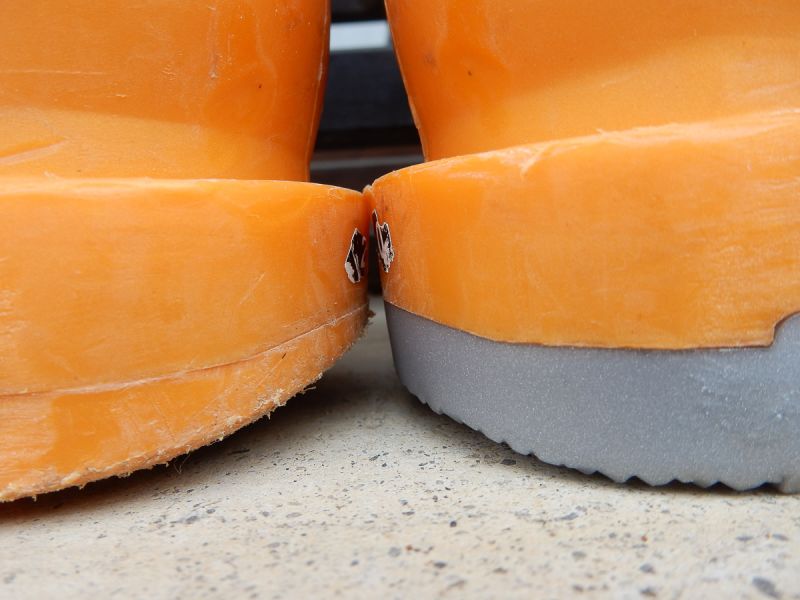Increased knee injuries related to higher binding settings?
Started by Kowal.Ski in Ski Hardware 23-Feb-2017 - 30 Replies
Ranchero_1979
reply to 'Increased knee injuries related to higher binding settings?' posted Mar-2017
I can concur with posts from Wanderer / Swinging Beep. My own ACL injury having nothing to do with din settings and everything to do with poop technique.
As for DIN settings my own rule of thumb (weight KG/10)-1 onpiste and (weight KG/10)-0.5 offpiste. 75 KG so 6.5 and 7.0 are a good starting point (no idea how that relates to any published chart but assume is close). Only time have every diverged much from that is with Fritschi bindings which seem to release a little too easy particularly when ski flexes e.g. moguls.
Edited 1 time. Last update at 02-Mar-2017
Chateaudoz
reply to 'Increased knee injuries related to higher binding settings?' posted Mar-2017
Not relevant for renters but many skiers buy their boots as a lifetime investment.
A couple of weeks ago I noticed that I was having problems closing the bindings but put this down to minor snow build up and stamped them in.
Then I had a look at the wear on the heel (thought I was going to need new boots) but a quick search for spare parts on the Internet I found and ordered replacements for a total cost of 27GBP.
I have just replaced the heel and toe pieces on my 12 year old boots. I've probably skied about 700 days/100 weeks on the boots in that time and obviously walking across carparks and down the odd road has had its effects.
I still get a thrill (a very small one) when I see an old pair of SX80s and their like but I do wonder what kind of state those boots are in.

SwingBeep
reply to 'Increased knee injuries related to higher binding settings?' posted Mar-2017
It might be relevant for renters, as the hire shops are supposed to check the boots and bindings in accordance with yet another standard ISO 13993: Rental ski shop practice -- Sampling and inspection of complete and incomplete alpine ski-binding-boot systems in rental applications, but they seldom do.
I think it stands to reason that a loose fitting boot or a boot that's slopping about in the binding due to worn soles won't release in the same way that a well fitting new boot will.
Wanderer
reply to 'Increased knee injuries related to higher binding settings?' posted Mar-2017
SwingBeep wrote:The sole thickness for alpine ski boot is covered by ISO 5355: Alpine ski-boots -- Requirements and test methods. The thickness at the front is supposed to be 19 mm ± 1mm and 30 mm ± 1 mm at the heel.
It might be relevant for renters, as the hire shops are supposed to check the boots and bindings in accordance with yet another standard ISO 13993: Rental ski shop practice -- Sampling and inspection of complete and incomplete alpine ski-binding-boot systems in rental applications, but they seldom do.
I think it stands to reason that a loose fitting boot or a boot that's slopping about in the binding due to worn soles won't release in the same way that a well fitting new boot will.
Swingbeep - you are a veritable skiing encyclopedia :thumbup:
Ranchero_1979
reply to 'Increased knee injuries related to higher binding settings?' posted Mar-2017
Good to have a resident brain to get beyond our personal bias
Brucie
reply to 'Increased knee injuries related to higher binding settings?' posted Mar-2017
SwingBeep
reply to 'Increased knee injuries related to higher binding settings?' posted Mar-2017
Ranchero_1979
reply to 'Increased knee injuries related to higher binding settings?' posted Mar-2017
Topic last updated on 16-March-2017 at 17:37
